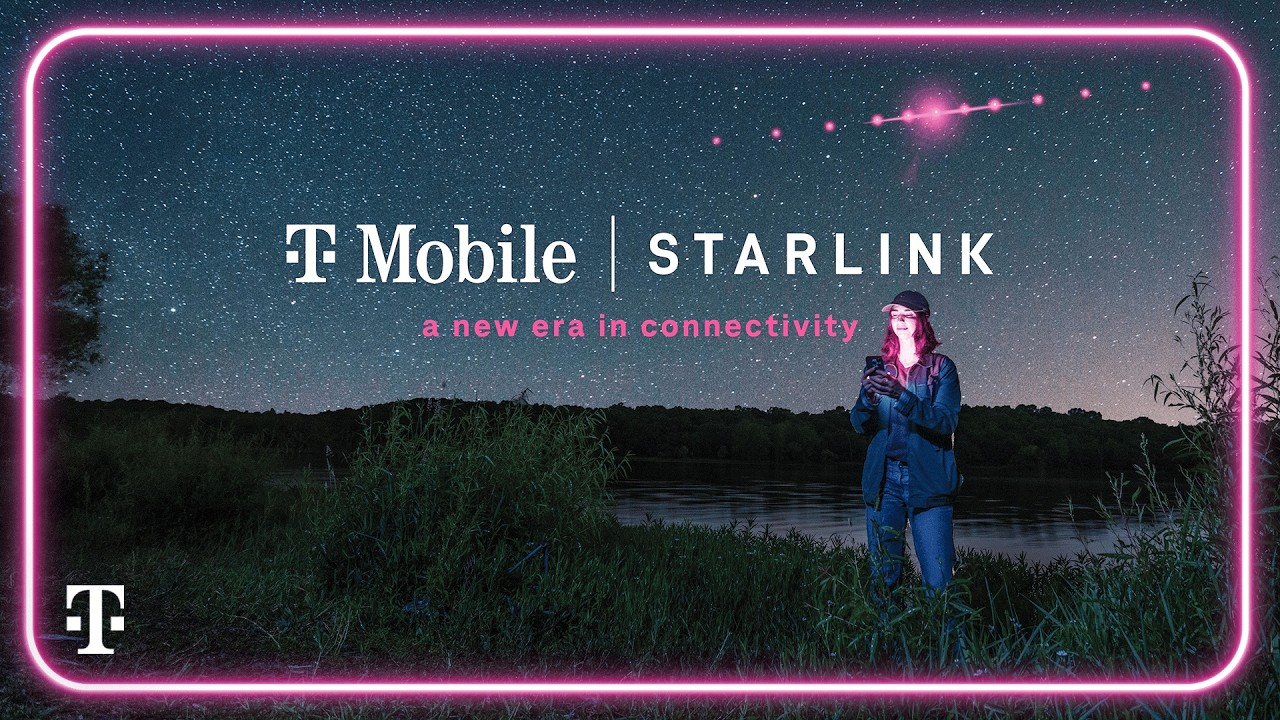
The "T-Satellite" Starlink satellite service that T-Mobile has been testing for the last several months is now out of beta, T-Mobile CEO Mike Sievert announced today.

Satellite-based connectivity is available for T-Mobile subscribers, but it is also an option for Verizon and AT&T users. T-Mobile's offering uses over 650 Starlink satellites to allow users to send text messages when they are out of range of a cellular or Wi-Fi connection.
T-Mobile says that its satellite services work with more than 600 smartphones, including iPhones. If you have an iPhone 14 or later, you can use T-Satellite, though these devices already have Apple's built-in satellite functionality that works with Globalstar satellites. You will need iOS 18.3 or later to sign up.
The T-Mobile satellite service is limited to texting with iMessage and SMS, and data is not supported. Apple's built-in satellite service supports sending and receiving messages, sharing location via Find My, connecting with emergency services, getting satellite-based weather updates, and arranging roadside assistance via satellite. Apple does not yet charge for any of its Satellite functionality.
T-Satellite is free for Beyond 5G and Go5G customers, while T-Mobile users with other plans can get the service added to their plans for $10 per month using the Manage Add-Ons option in their accounts. AT&T and Verizon customers can get T-Satellite for $10 per month by contacting T-Mobile customer support. The $10/month pricing is a limited-time promotion, and T-Mobile intends to raise the price to $15 per month in the future.
iPhone users who sign up for T-Mobile's satellite service and connect to a Starlink satellite will see a small "SAT" icon in the status bar
Article Link: T-Mobile's Starlink Satellite Service Officially Launches With iPhone Support

